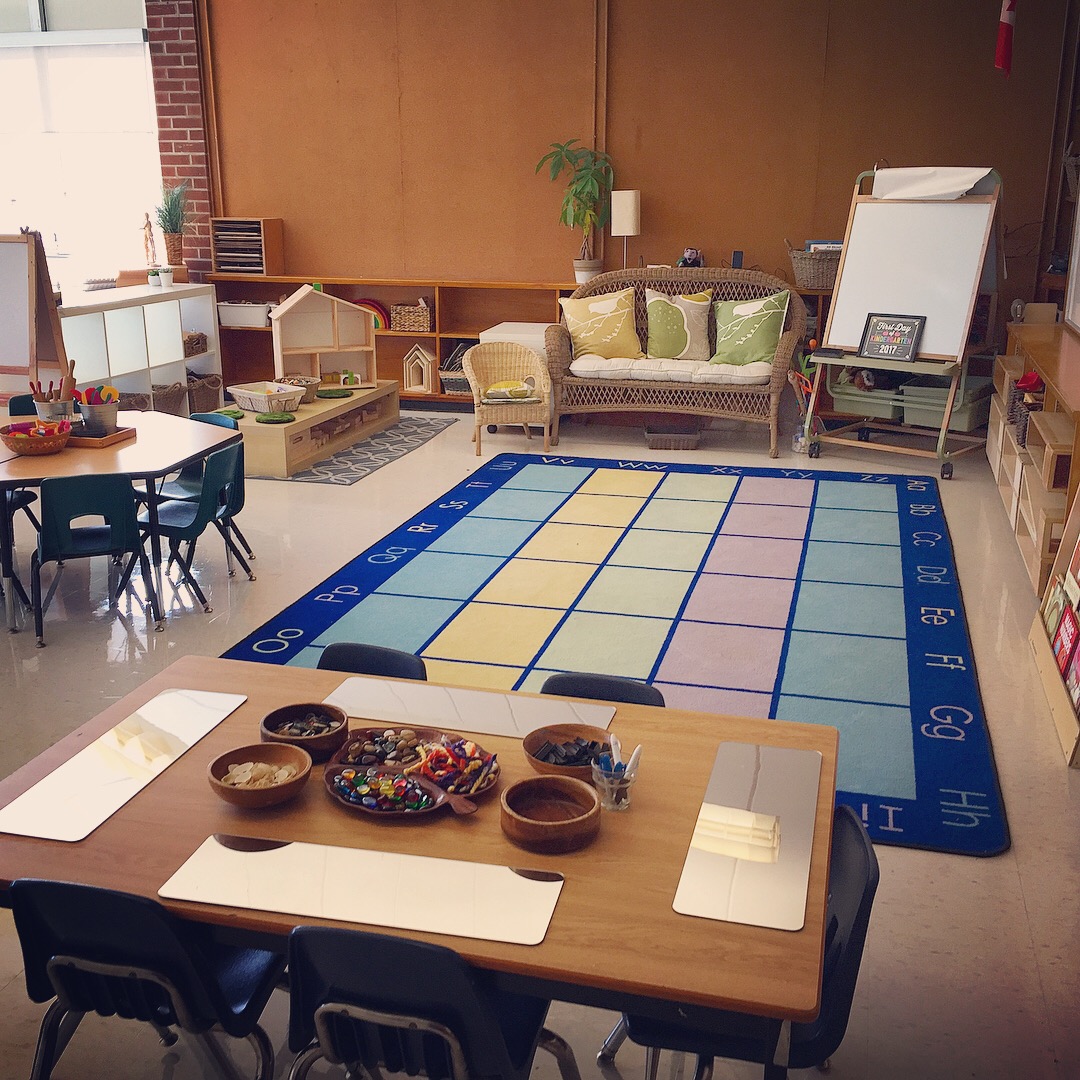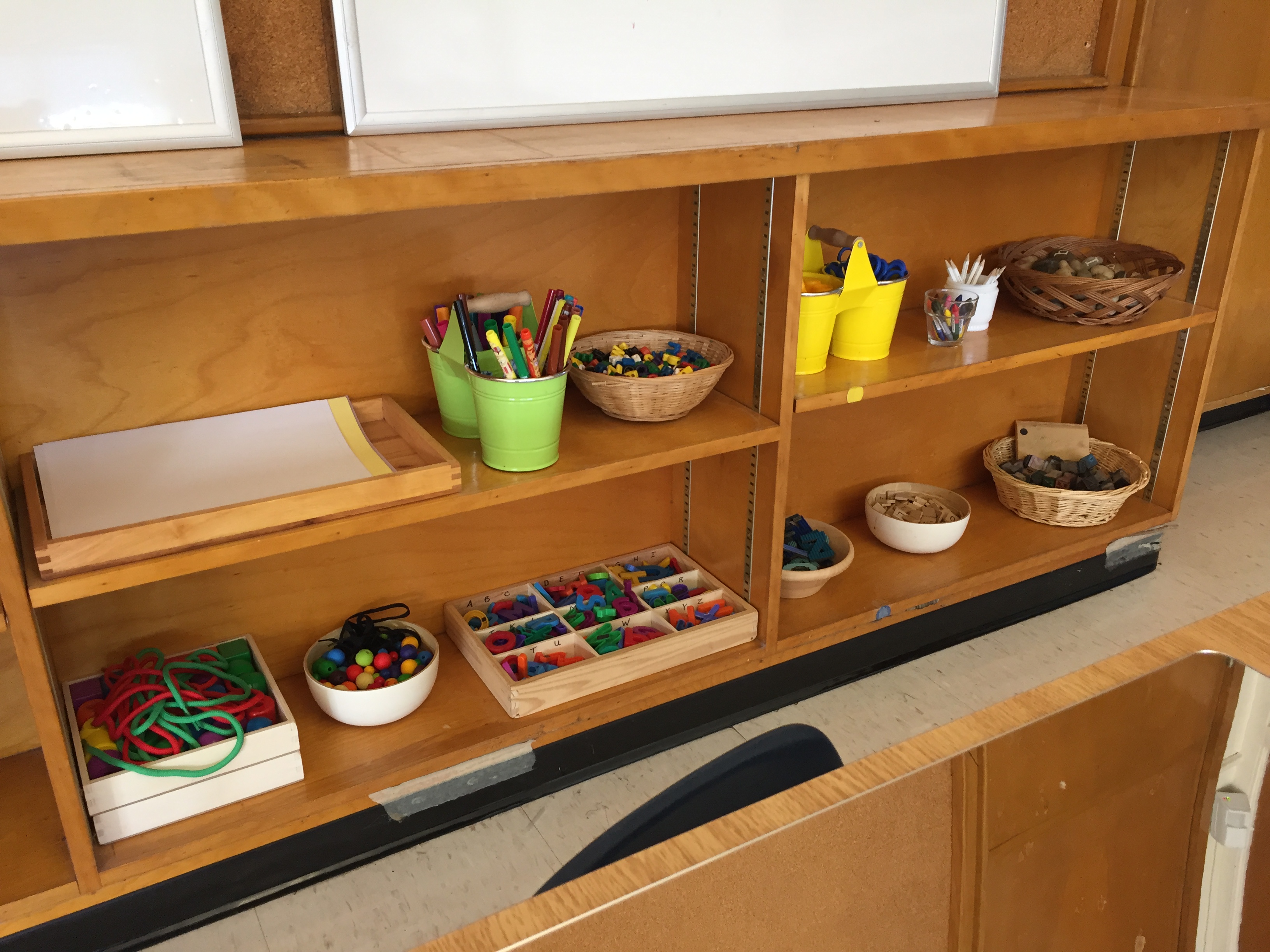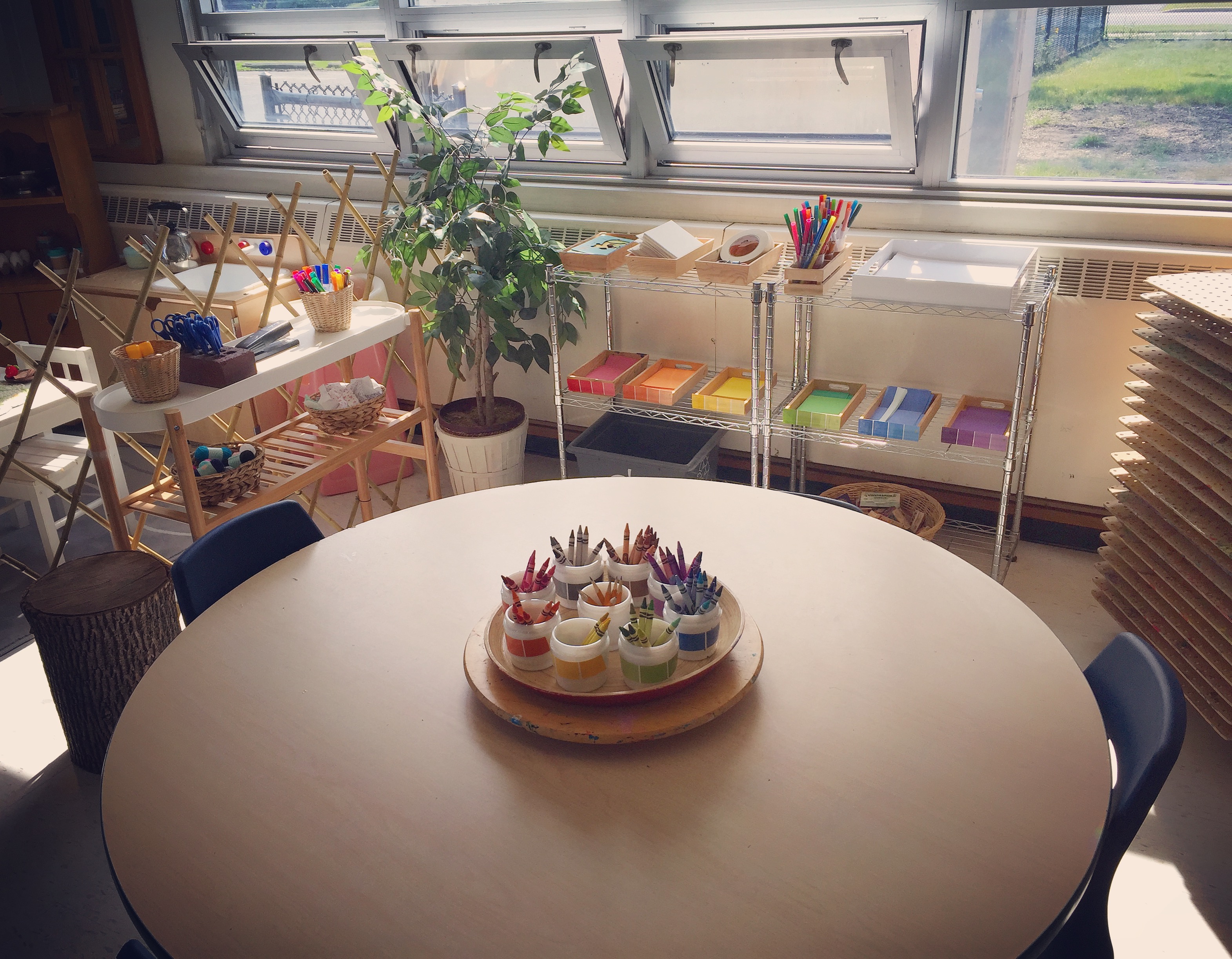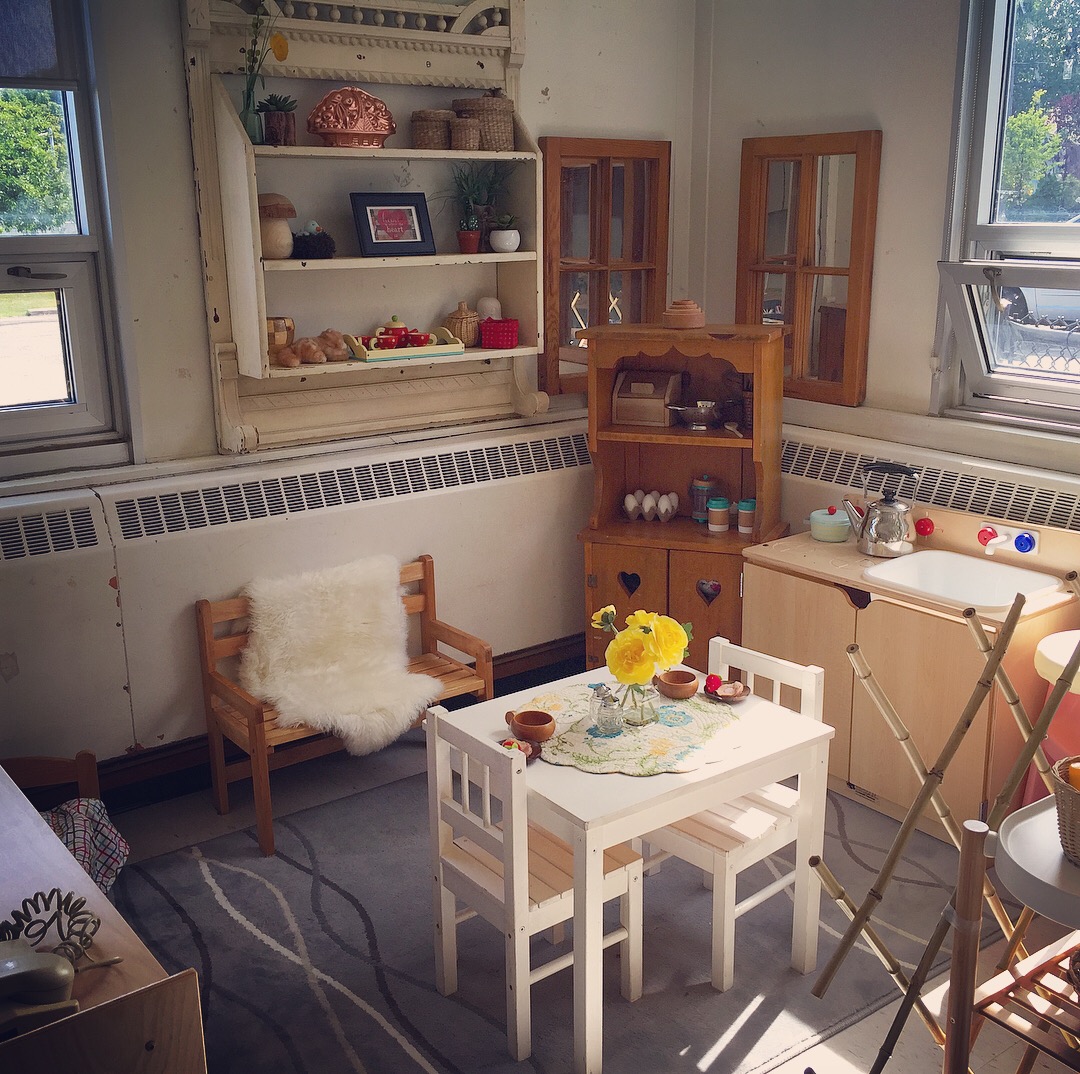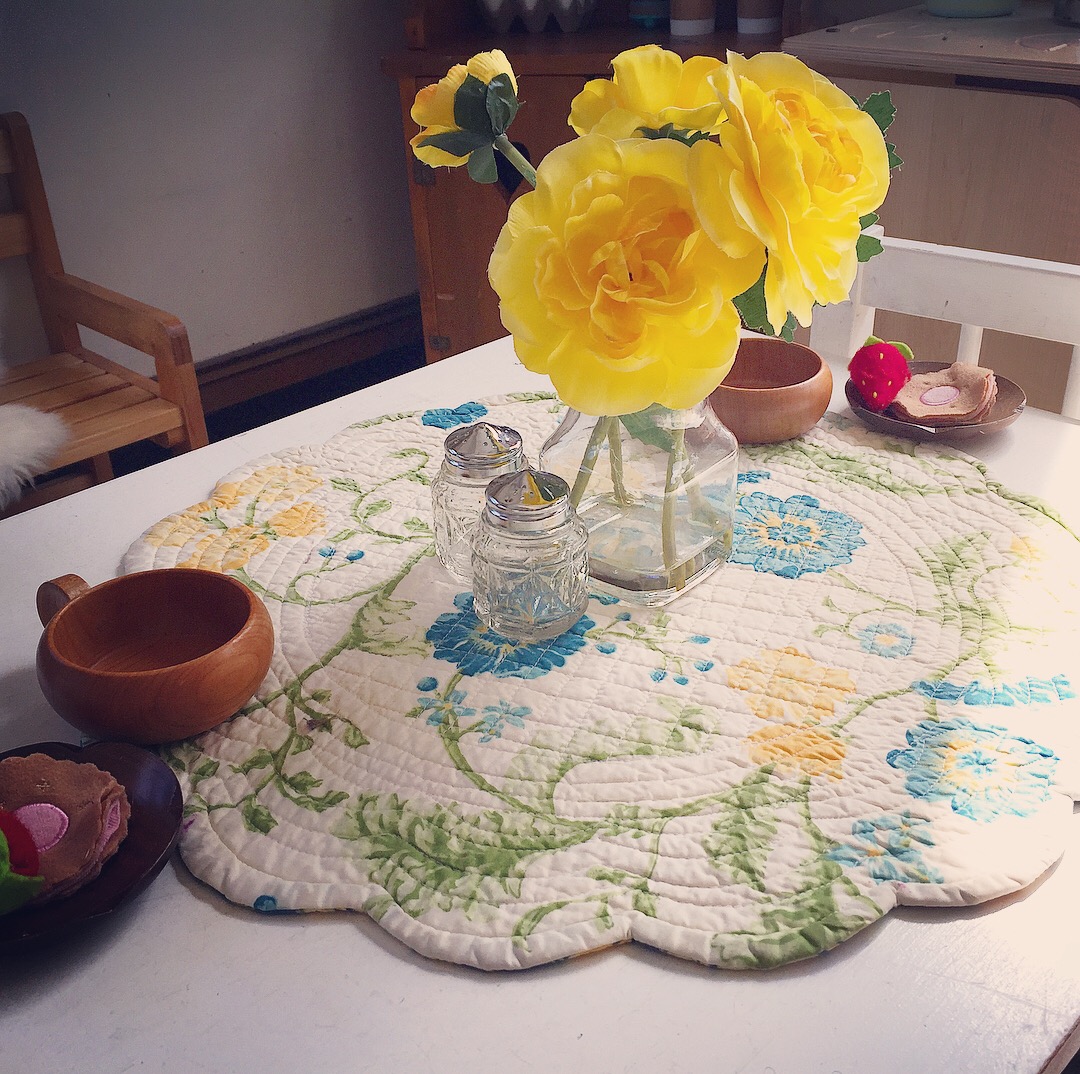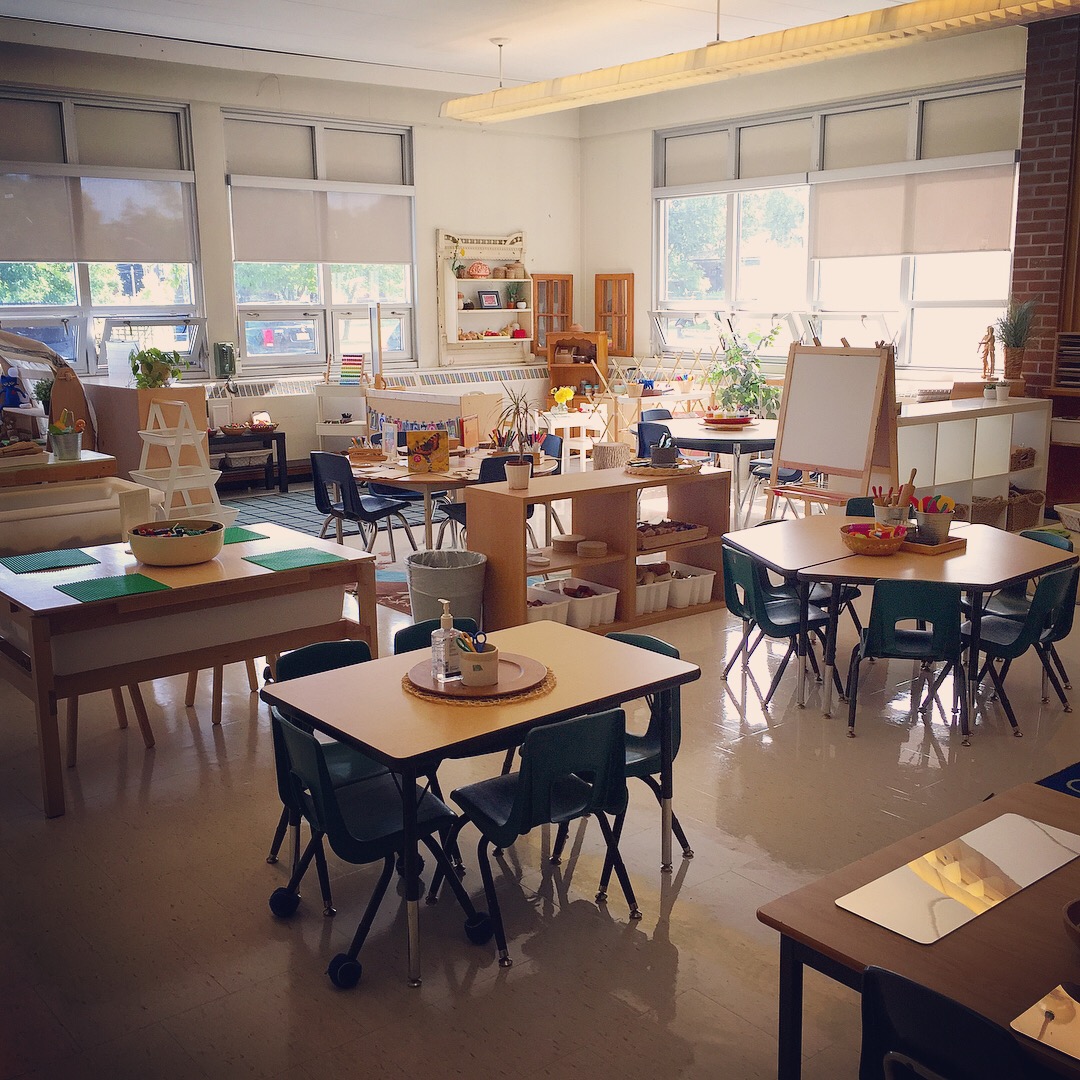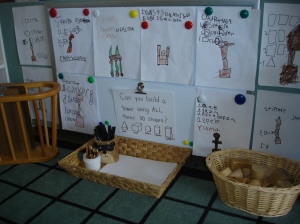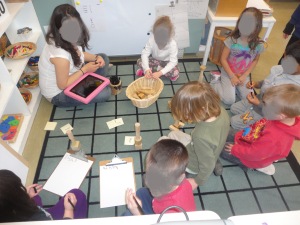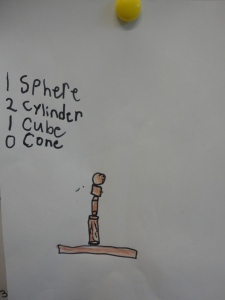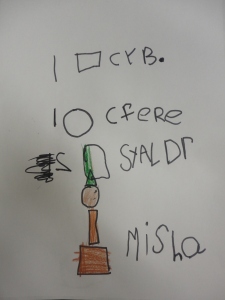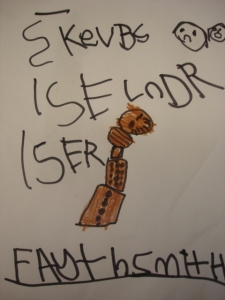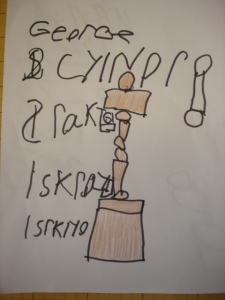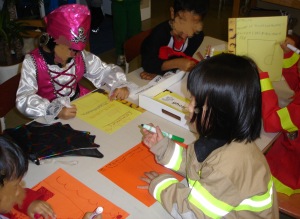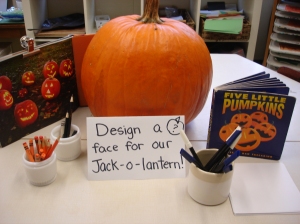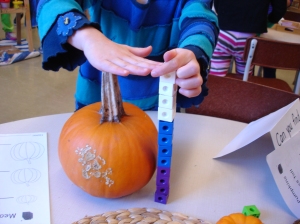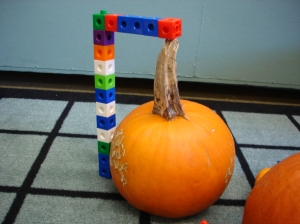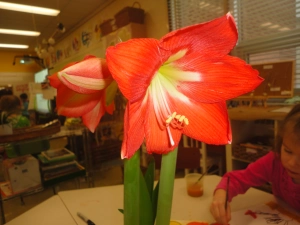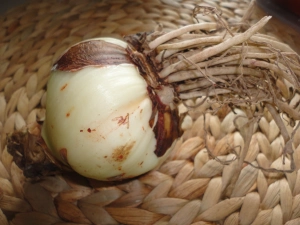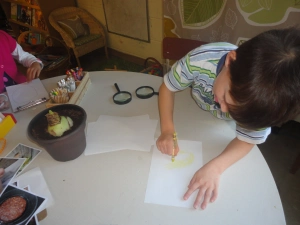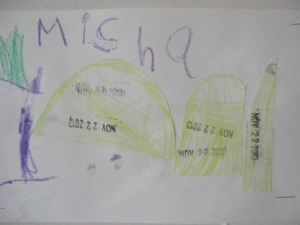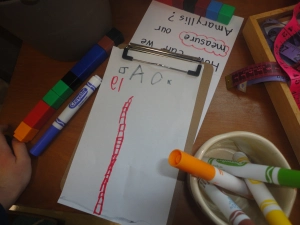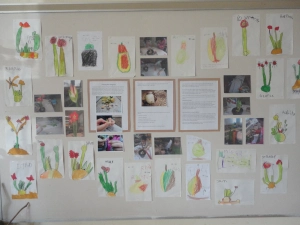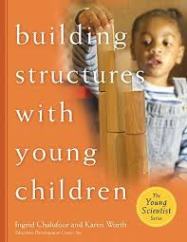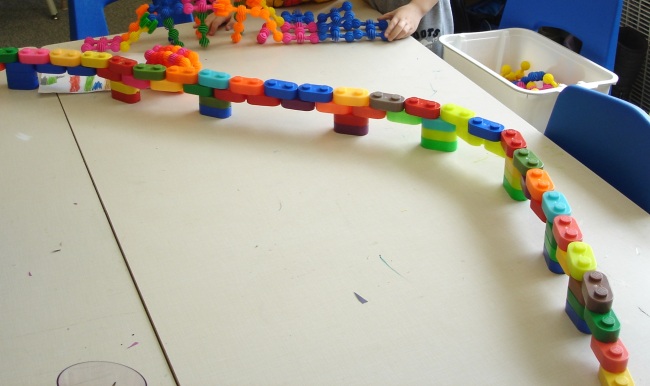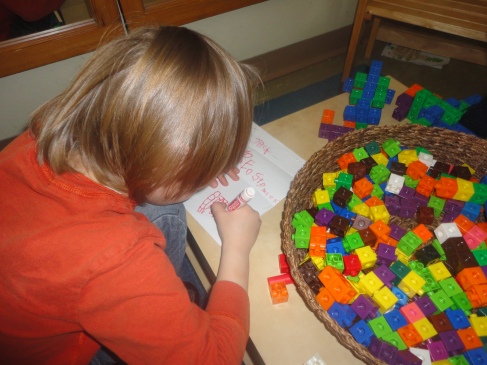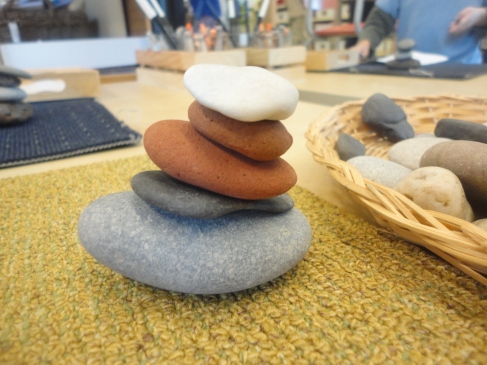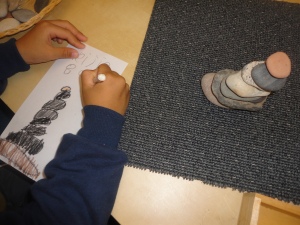Today I thought I’d share some of the learning we’ve been doing in our online Kindergarten this week. My hope is that someone out there will be able to make use of these slides, games, and lessons in the last few weeks of school. Our district is still learning online, which is a challenge for any grade, but particularly in Kindergarten. My teaching partner and I have been thinking about how to make these last days of online Kindergarten feel meaningful and special for our students. We decided to ask our students what kinds of things they would like to do this month and one of their ideas was a Teddy Bear Picnic! I’m sure other educators have noticed the frequency with which the children’s stuffies and teddy bears have appeared during online learning. These well-loved toys have no doubt been providing some much needed comfort to children as they’ve had to navigate many changes to their lives throughout this past year. We’ve tried to give space to our students to talk about their toys and share what makes them special. A whole week devoted to our students’ favourite cuddly comfort toys seemed like the best thing we could do!
I put together a choice board of Teddy Bear activities for the children to select from during their offline play block. If you click on the link you can make a copy for yourself: https://docs.google.com/presentation/d/19niGzeSwxbxzqO8m6aPczML8-8_2XJWToS-C5i5FL9Q/copy#slide=id.g817afc7eb5_0_35
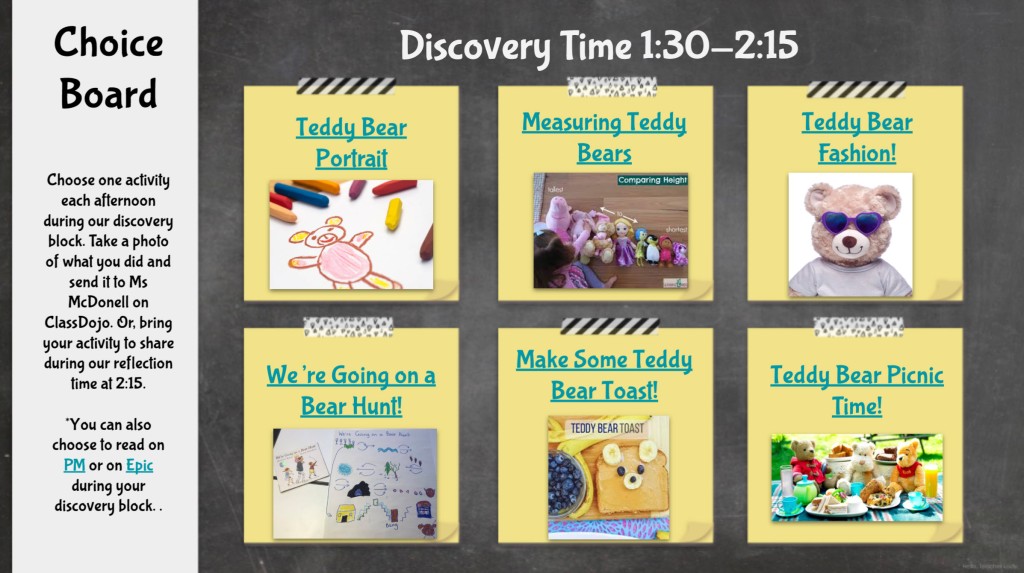
In addition to the choice board, I developed some lessons and games to support the Teddy Bear interest.
In math, we played a version of “Race to 20” where we raced to see which team could get their 20 bears to the picnic first. My students *love* playing Race to 20. In the online version, their favourite part is taking turns “controlling the dice.” I press play to get the dice rolling and I choose one child on each turn to be the “dice master” who gets to stay “STOP!” to tell me when to hit pause on the roll. I let the children decide which team they want to be on (red or yellow in this case) or we play Ms McDonell vs the Class (which they also love!).
Click on the link to download a copy for yourself: https://docs.google.com/presentation/d/1i4N9xJMGbfHOjKhm_EFH_bcSbhgf7rq70Jf5igX0-VQ/copy#slide=id.p
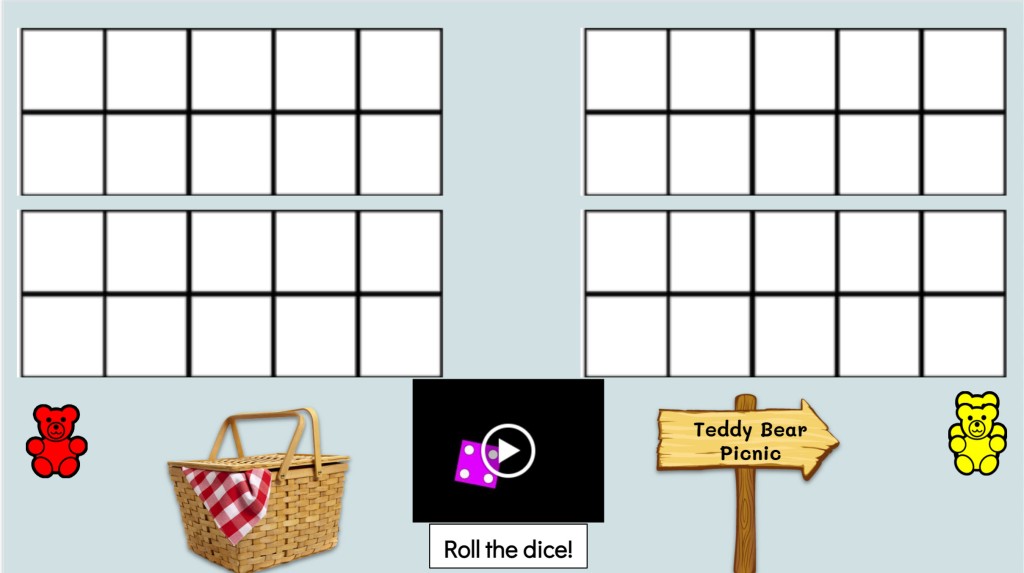
In another math lesson we learned the poem Teddy Bear, Teddy Bear, then read “Teddy Bear School Day Math” on Epic (https://www.getepic.com/app/read/17496). Each page of the story has a math question on it – counting bears, comparing groups, finishing a pattern, and so on. My students enjoyed the rhyming text and having an opportunity to answer a question on each page. https://docs.google.com/presentation/d/1d3D4ZRWCk5K_2QdXaCeA12umox-M4E2uY5nllITHMqc/copy#slide=id.gdfb0072501_0_115
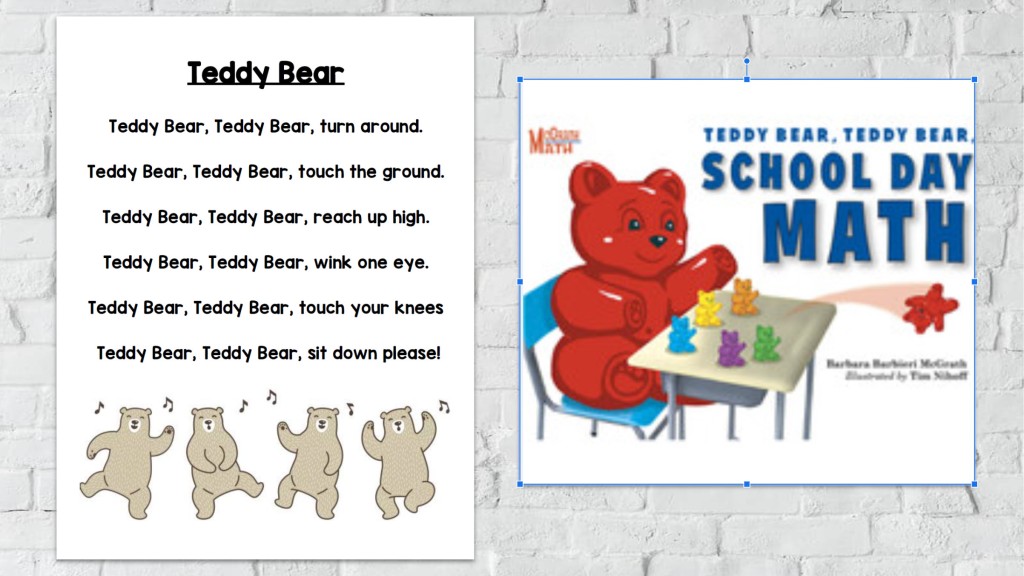
Another fun math game is “Roll an Ice Cream.” I modelled this after the popular “Roll a Snowman” game we used in the winter. Like Race to 20, we use the same technique to take turns rolling the dice. We play to see who will be the first (teacher or class) to draw a complete ice cream picture. In addition to working on number sense, this game is wonderful for developing spatial awareness skills. Where does the cherry go? At the top. Where does the cone go? At the bottom. The children have to leave space to accommodate all three scoops, etc. They love this one! https://docs.google.com/presentation/d/1swyNLh240AkiXzXaCiHCZ7msLo9Yj3s2FkdIS00oVJk/copy#slide=id.gdd960d9021_0_0

For our STEM challenge this week, we worked on constructing chairs for baby bear. First, we reviewed the story Goldilocks and the Three Bears. All my students remembered what happened to poor Baby Bear – his chair was broken by Goldilocks! We wondered if it ever got fixed. Enter the lovely story: A Chair for Baby Bear by Kaye Umansky and Chris Fisher.

After reading the story, the children were asked to design and build a chair for Baby Bear. They could use their own teddy bears as models/testers (of course!). I showed them some samples to provide options for different kinds of materials they could use at home. The children were so proud to show off their completed chairs to their classmates during Reflection Time! Click on the link to view the slides I used in this lesson: https://docs.google.com/presentation/d/10ry5Lmb6OATB3HSj0vxoa6u_hvH7KZVFiT1OqelmvXk/copy#slide=id.gb6cd2bf49f_0_173
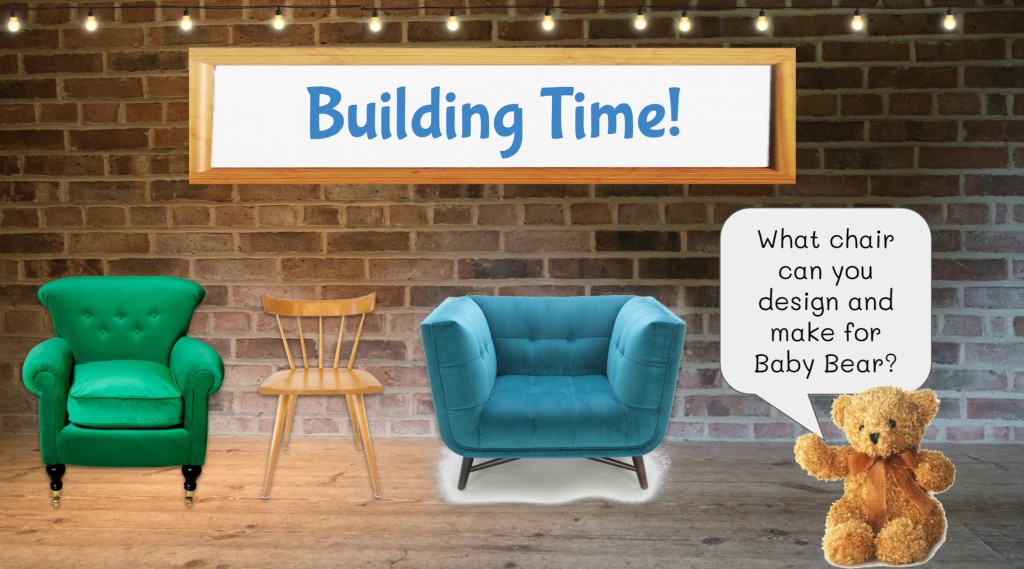
Some of our completed chairs:
We also took some time this week to learn how to draw a Teddy Bear. We viewed a lesson on the Art for Kids Hub Youtube channel: https://www.youtube.com/watch?v=ZDrfxrnjNts=popup
Here are the results of that lesson:
Every Thursday, we have a “social snack” at 2 o’clock. Social snack is open to anyone who wants to come. We bring snacks and have “open air” time to chat, play, tell jokes, and sometimes do magic tricks! It’s a very social time and has been invaluable for me in terms of helping me understand what the children are most interested in at the moment. This week, we decided to make our “social snack” our “Teddy Bear Picnic” time. Children brought their stuffies (or dolls, or superheroes – all were invited!) and we listened to songs (Teddy Bear Picnic, Going on a Bear Hunt, Rock-a-Bye Bear, Teddy Bear, Teddy Bear), played games, and had a dance party (our favourite song is Gummy Bear!) It was a ton of fun! https://docs.google.com/presentation/d/1AfIA3Q25RjW4ASKv-NIRhGESoU1qNcgE_QzfGb0e-iA/copy#slide=id.gdfb26f1a96_0_265

Finally, our shared reading text for the week was “Fuzzy Wuzzy” – and boy, did we have a LOT of fun with this one! The children loved the way this turned into a tongue twister the faster we read it. They challenged themselves to get better and better at reading it so they could go faster and faster when reading aloud! We had a lot of giggles over this one! https://docs.google.com/presentation/d/1lnd9aASGeL9Vq9Y7kKQhZzLAexLj366H439CDKx0bDg/copy#slide=id.p

I hope some of these resources are useful to you as you look forward to planning the last couple weeks of school. Have a wonderful, restful summer!
















